PAISE 2022 will be Virtually co-conducted with IPDPS 2022 on Friday, 3rd June 2022.
Industry Partners

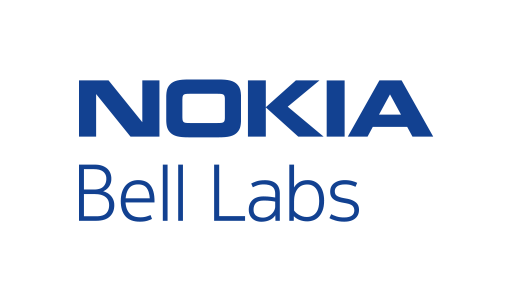
Final Program
| Event | Activity | Start (UTC) | End (UTC) | Duration (min) | |
| Introduction | Introductory Remarks - PAISE Organizers | 02:30 PM | 02:40 PM | 10 | |
| Keynote | Speaker: Raghu Ganti, Principal Research Scientist, IBM Research (Slides, Video) | 02:40 PM | 03:30 PM | 50 | |
| Break - 1 | 03:30 PM | 03:40 PM | 15 | ||
| Session 1 | Paper: Don't Miss the Train: A Case for Systems Research into Training on the Edge | 03:40 PM | 03:55 PM | 15 | |
| Invited Talk: Data Compression at the Edge Utilizing Smart Network Interface Cards | 03:55 PM | 04:15 PM | 20 | ||
| Paper: Litener: An Accelerator-Enabled Lightweight Container for Edge Computing | 04:15 PM | 04:40 PM | 25 | ||
| Paper: Efficient Volume Estimation for Dynamic Environments using Deep Learning on the Edge | 04:40 PM | 05:05 PM | 25 | ||
| Break - 2 | 05:05 PM | 05:20 PM | 15 | ||
| Panel | Future of AI @ Edge. Panelists: Antonino Miceli, Dinesh C. Verma, Eric Van Hensbergen, Utku Acer, and Volodymyr Kondratenko. | 05:20 PM | 06:50 PM | 90 | |
| Break - 3 | 06:50 PM | 07:05 PM | 15 | ||
| Session 2 | Paper: TinyMLOps: Operational Challenges for Widespread Edge AI Adoption | 07:05 PM | 07:30 PM | 25 | |
| PAISE Open Discussion | 07:30 PM | 08:20 PM | 50 | ||
| Invited Talk: An Edge Map based Ensemble Solution to Detect Water Level in Stream | 08:20 PM | 08:35 PM | 15 | ||
| Conclusion | Closing Remarks - PAISE Organizers | 08:35 PM | 08:40 PM | 10 | |
Invited Attendees
• Keynote Speaker
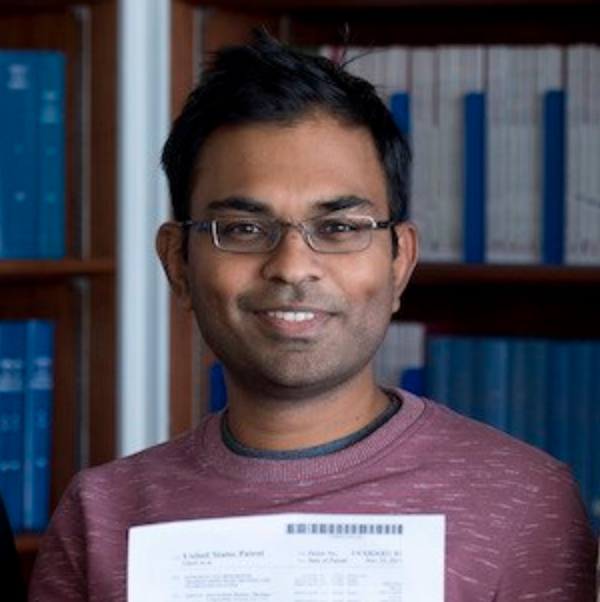 Dr. Raghu Ganti, Principal Research Scientist, IBM Research
Dr. Raghu Ganti, Principal Research Scientist, IBM Research
Title
Foundation Models at the EdgeAbstract
The recent trend of foundation models trained in a self-supervised manner enables the infusion of AI across multiple clouds and edge devices. Scaling and operationalizing of the lifecycle management of such models in this environment poses unique challenges. This talk will describe some of these and cover the approaches we take to solve this problem.Bio
Raghu Ganti is a Principal Research Staff Member and manages the operationalizing AI team at IBM’s T J Watson Research Center. His current research interests are in developing a cloud native middleware for foundation models and operationalizing them in a variety of cloud environments. His past work involves developing novel algorithms for spatiotemporal and timeseries analytics, which has won numerous outstanding technical achievement awards and are included in more than a dozen IBM products.
Workshop Panelists
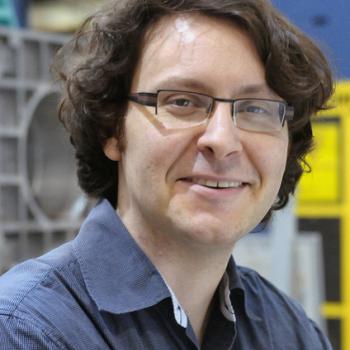 Antonino Miceli, Group Leader, Argonne National Laboratory
Antonino Miceli, Group Leader, Argonne National Laboratory
Bio
Antonino is the Group Leader of the Detectors group in the X-ray Science Division of the Advanced Photon Source (APS) at Argonne National Laboratory as well as a Senior Fellow at the Northwestern Argonne Institute of Science and Engineering (NAISE). The group conducts R&D in X-ray detectors to enable scientific advances at the APS, and operates the APS Detector Pool, which provides technical services and support for APS beamlines and users. Antonino received his Ph.D. in physics from the University of Washington in 2005. He was hired as an Assistant Physicist at the APS in 2005. During this period, Antonino was pivotal in cementing the operations of the Detector Pool, which provides services to over half of APS beamlines. Antonino also successfully competed for a Department of Energy (DOE) Early Career Research Grant, awarded in 2010, on the development of superconducting detector technology applied to high-energy resolution X-ray detectors.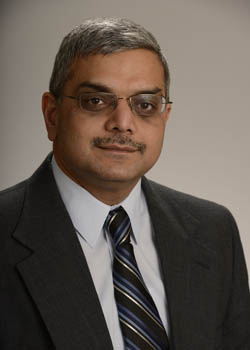 Dinesh Verma, CTO of Edge Computing at IBM Research
Dinesh Verma, CTO of Edge Computing at IBM Research
Bio
Dinesh C. Verma is a Fellow of UK Royal Academy of Engineering, an IEEE Fellow and an IBM Fellow. Currently, he is the CTO of Edge Computing at IBM T J Watson Research Center, Yorktown Heights. He has authored 11 books, 150+ technical papers and 185+ U.S. patents. He has chaired/vice-chaired IEEE technical committee on computer communications, as well as IEEE Internet technical committee. He has served on various program committees and editorial boards. He is a member of the IBM Academy of Technology, an IBM Master Inventor, and won several IBM internal technical awards. He has contributed to several IBM products and service offerings including significant contributions to server networking stack, network management products, edge computing and cellular network analytics. He has led several multi-national multi-organizational research programs. Eric Van Hensbergen, Fellow and Group Leader, ARM
Eric Van Hensbergen, Fellow and Group Leader, ARM
Bio
Eric is currently a Fellow in the Research division at Arm in Austin, TX leading the systems research group. The group's activities include exploring the place of Arm within data centers, network infrastructure, high performance computing, distributed systems, edge computing and investigating next generation concepts in security, operating systems, runtimes, and systems software. He was a research staff member in the Future Systems Department at IBM's Austin Research Lab. Over nearly twelve years at IBM, he has worked on low-power dense server and network processor appliance blades, DRAM power management, full system simulation, high performance computing, hypervisors, and the Linux operating system. Before coming to IBM, he worked for four years at Lucent Technologies Bell Laboratories on the Plan 9 and Inferno operating systems.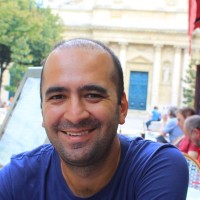 Utku Acer, Principal Research Scientist, Nokia Bell Labs
Utku Acer, Principal Research Scientist, Nokia Bell Labs
Bio
Utku Günay Acer is a Principal Research Scientist with Nokia Bell Labs, Antwerp, Belgium. Previously, he was a post-doctoral researcher with INRIA Sophia Antipolis – Méditerranée, France. He received his PhD degree in Computer Systems Engineering from Rensselaer Polytechnic Institute, Troy, NY, USA in 2009 and his BS degree from Sabancı University, Istanbul, Turkey in 2004. His research interests include edge computing, mobile and wearable systems, urban sensing, and collaborative sensing.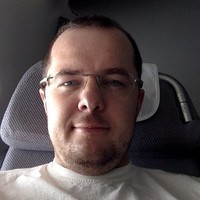 Volodymyr Kondratenko, CEO, Hivecell
Volodymyr Kondratenko, CEO, Hivecell
Bio
Volodymyr Kondratenko is co-founder and managing partner in HIvecell . He is an engineer and manager with more than 16 years of experience in the IT industry, who worked with enterprise Wall Street systems as well as product startups in the past. Prior to co-founding HIvecell Volodymyr was successfully managing an enterprise account in an IT services company for a few years with around 300 people under his supervision. Throughout the career Volodymyr was constantly improving his skills, which was confirmed by following certifications - PMP (Project Management professional by PMI) and being official Team Integrator and Trainer of Adizes Institute of Management. Volodymyr received a masters degree in Computer Science from National Ukrainian University “Kyiv Polytechnic Institute” with focus in complex system analysis and development.
Invited Speakers
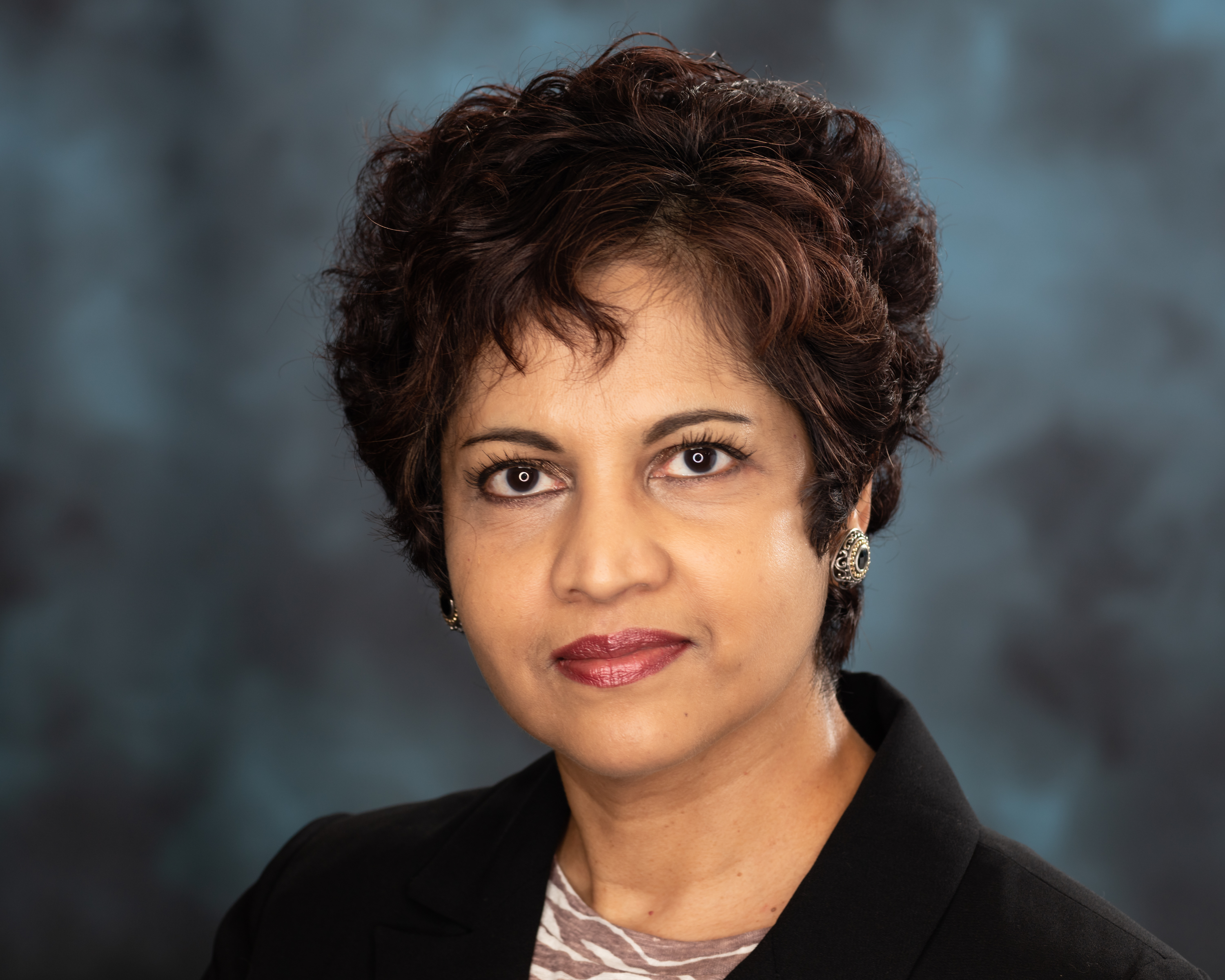 Dr. Neena Imam, Deputy Director of Collaborations, NVIDIA
Dr. Neena Imam, Deputy Director of Collaborations, NVIDIA
Title
Data Compression at the Edge Utilizing Smart Network Interface CardsAbstract
Computing ecosystems are poised for significant transformations to keep in pace with the growth and expansion of geographically distributed science infrastructure that includes upgraded networks and exascale computing platforms. Experimental science is also evolving as new approaches are being adopted for effective operation and collaboration of science instruments that are reaching unprecedented scales and complexities. Scientists at Oak Ridge National Laboratory (ORNL) are investigating the usefulness of processing elements embedded in network fabrics such as smart Network Interface Cards (smartNICs). There is growing interest both in the High-Performance Computing (HPC) and HighPerformance Data Analytics (HPDA) communities to understand the intricacies of these devices to accelerate application workflows and knowledge discovery. In this paper, we present the results of our experiments utilizing NVIDIA’s Bluefield-2 smartNIC for in-network data compression/decompression functionalities. Our initial results are promising, suggesting these smartNICs may have a role to play in the future of edge architecturesBio
Neena Imam recently joined NVIDIA as the Director of Strategic Researcher Engagement. Before NVIDIA, Neena served as the Deputy Director of Research Collaboration in the Computing and Computational Sciences Directorate (CCSD) at Oak Ridge National Laboratory (ORNL), performing research in extreme-scale computing. Neena holds a Doctoral degree in Electrical Engineering from Georgia Institute of Technology, with Master's and Bachelor's degrees in the same field from Case Western Reserve University and California Institute of Technology, respectively. Neena also served as the Science and Technology Fellow for Senator Lamar Alexander in Washington D.C. (2010-2012) and is a senior member of IEEE.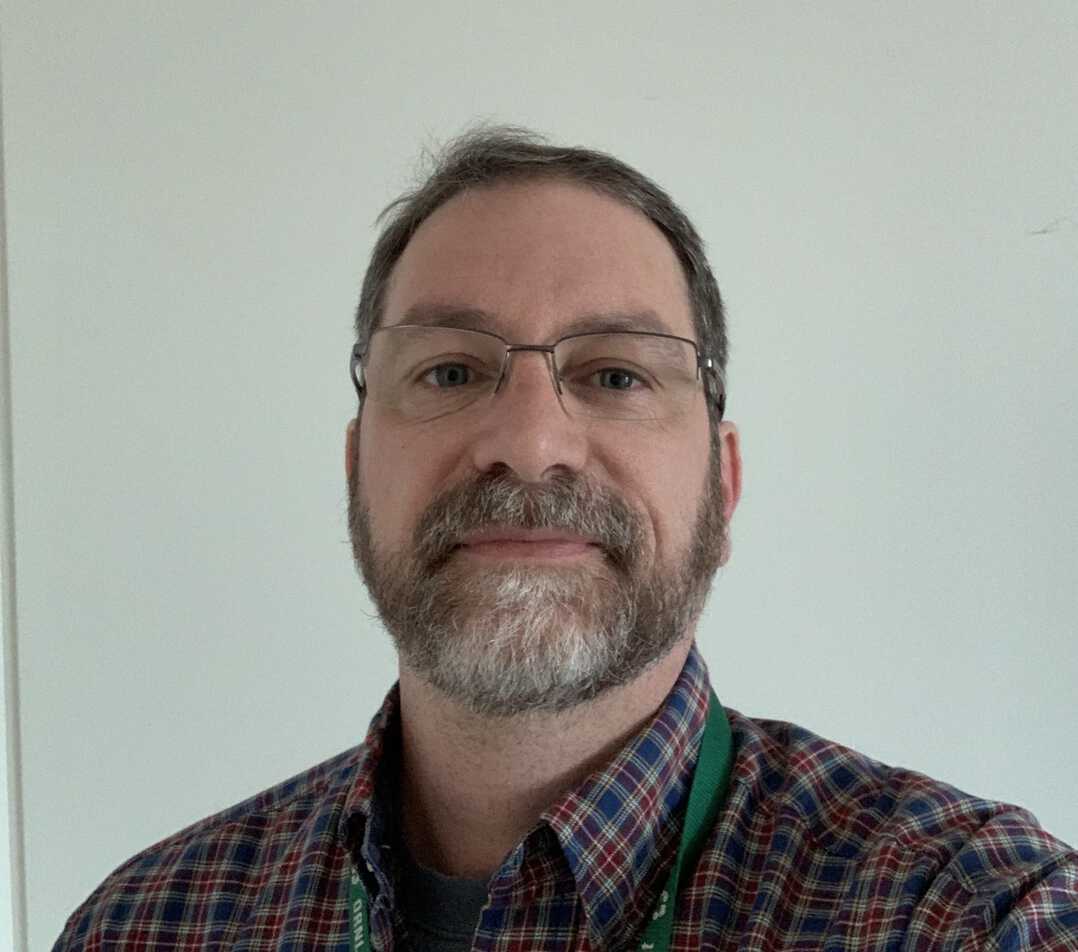 Dr. Thomas Naughton, Computer Scientist, Oak Ridge National Laboratory (ORNL)
Dr. Thomas Naughton, Computer Scientist, Oak Ridge National Laboratory (ORNL)
Bio
Dr. Thomas Naughton is a computer scientist in the Intelligent Systems and Facilities Group at Oak Ridge National Laboratory (ORNL). Since coming to ORNL in 2001, he has worked on a variety of projects related to system software and middleware tools for high-performance computing (HPC). He has expertise in HPC resilience and fault-injection tools for HPC. He also has expertise in resource management for leadership computing systems, to include parallel runtime environments, virtualization & containerization and message passing systems. Currently, he works on the Department of Energy supported Open MPI for Exascale (OMPI-X) project, and the Interconnected Science Ecosystem (INTERSECT) Initiative at ORNL. Dr. Naughton received his Ph.D. in Computer Science from the University of Reading, in Reading, England and a M.S. in Computer Science from Middle Tennessee State University. He received both a B.S. in Computer Science and a B.A. in Philosophy from the University of Tennessee at Martin.
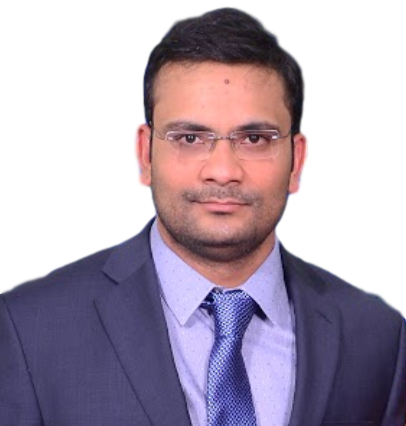 Dr. Pratool Bharti, Assistant Professor, Northern Illinois University (NIU)
Dr. Pratool Bharti, Assistant Professor, Northern Illinois University (NIU)
Title
An Edge Map based Ensemble Solution to Detect Water Level in StreamAbstract
Flooding is one of the most dangerous weather events today. Between 2015−2019, on average, flooding has caused more than 130 deaths every year in the USA alone. The devastating nature of flood necessitates the continuous monitoring of water level in the rivers and streams to detect the incoming flood. In this work, we have designed and implemented an efficient vision-based ensemble solution to continuously detect the water level in the creek. Our solution adapts template matching algorithm to find the region of interest by leveraging edge maps and combines two parallel approach to identify the water level. While first approach fits a linear regression model in edge map to identify the water line, second approach uses a split sliding window to compute the sum of squared difference in pixel intensities to find the water surface. We evaluated the proposed system on 4306 images collected between 3rd October and 18th December in 2019 with the frequency of 1 image in every 10 minutes. The system exhibited low error rate as it achieved 4.8, 3.1% and 0.92 scores for MAE, MAPE and R2 evaluation metrics, respectively. We believe the proposed solution is very practical and reliable as it doesn't require installation of any additional infrastructure in the water body and can be easily adapted to other locations.Bio
Dr. Pratool Bharti is an assistant professor in the Department of Computer Science at Northern Illinois University (NIU). Dr. Bharti’s primary research interests are in computer vision, machine learning and wearable computing. At NIU, he manages Pervasive Computing and Artificial Intelligence Lab. He has designed and developed several AI-enabled systems for computer vision and wearable computing including vision-based system to continuously detect water level in the stream, detection of pedestrian trajectories while crossing the street and human activity recognition system using smart watches. His research has been published in venues like IEEE TMC, IEEE J-BHI, IEEE T-ITS, IEEE IC, IEEE MDM, ACM/EAI MobiQuitous and more. His research is supported by private industries and federal agencies.General Chairs
- Istemi Ekin Akkus, Nokia Bell Labs
- Nirmit V Desai, IBM Research
Workshop Organizers
- Pete Beckman, Mathematics and Computer Science Division, Argonne National Laboratory, USA, E-mail: [email protected]
- Rajesh Sankaran, Mathematics and Computer Science Division, Argonne National Laboratory, USA, E-mail: [email protected]